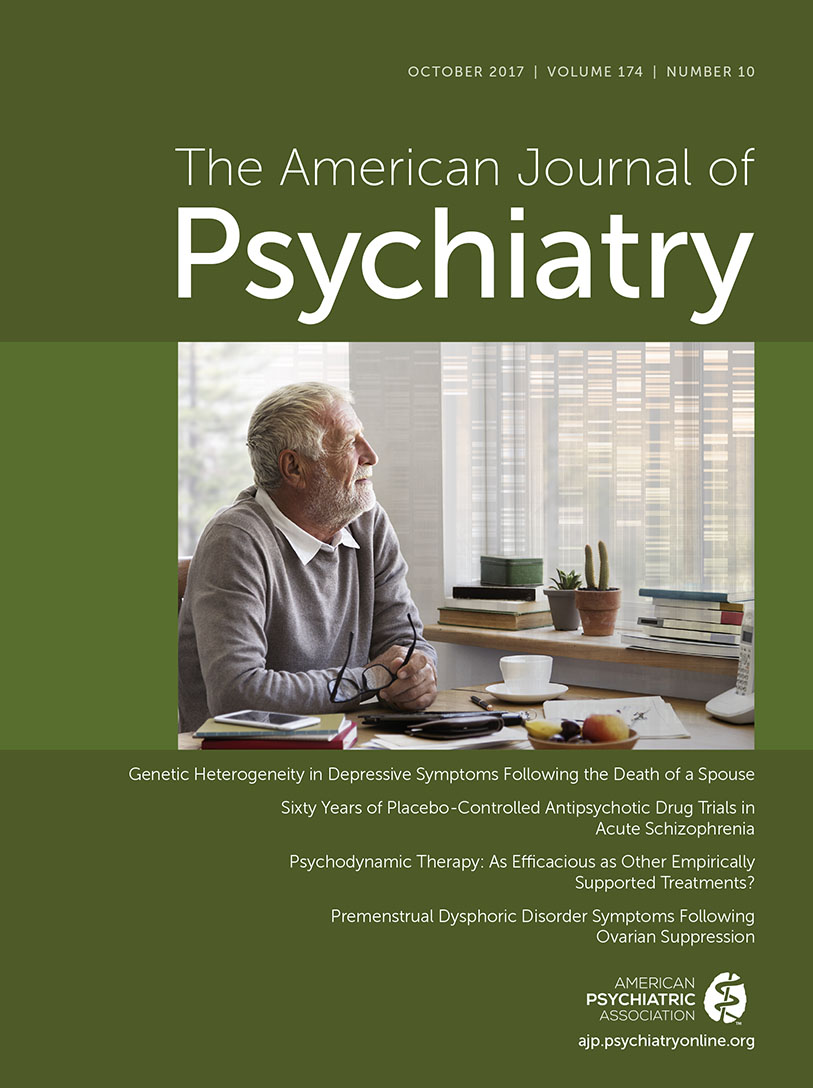Outcome Results
The mean effect size of all studies combined was 0.47 (95% CrI 0.42, 0.51; I
2 52%; 105 studies with 22,741 participants). Patients treated with antipsychotics were twice as likely to respond as those on placebo when any response criterion was accepted (97 studies, N=20,690; response ratio 1.93, 95% CrI 1.72, 2.19); the number needed to treat to benefit (NNT) was 6 (95% CrI 5, 8; I
2 61%). At least a “minimal” response was experienced by 51% (95% CrI 45%–57%) of the antipsychotic-treated patients compared with 30% (27%–34%) on placebo (46 studies, N=8,918; response ratio 1.75, 95% CrI 1.59, 1.97; NNT 5, 95% CrI 4, 5), while 23% (95% CrI 16%–32%) versus 14% (95% CrI 10%–19%) had a “good” response (38 studies, N=8,403; response ratio 1.96, 95% CrI 1.65, 2.44; NNT 8, 95% CrI 6, 11) (
Figure 1). Similar results were obtained when responder rates based on the PANSS/BPRS or CGI were analyzed separately (see online Table S6, which also presents odd ratios).
Participants receiving placebo were more likely to discontinue the studies prematurely, both for any reason (38% drug, 56% placebo; 105 studies, N=22,851; risk ratio 1.25, 95% CrI 1.20, 1.31; NNT 11, 95% CrI 9, 14; I2 19%) and for inefficacy of treatment (13% drug, 26% placebo; 94 studies, N=23,017; risk ratio 2.09, 95% CrI 1.90, 2.32; NNT 7, 95% CrI 6, 9; I2 46%).
The effect size for positive symptoms (64 studies, N=18,174; SMD 0.45, 95% CrI 0.40, 0.50; I2 56%) was similar to that for overall symptoms, while effects on negative symptoms (69 studies, N=18,632; SMD 0.35, 95% CrI 0.31, 0.40; I2 42%) and depression (33 studies, N=9,658; SMD=0.27, 95% CrI 0.20, 0.34; I2 50%) were smaller.
As shown by six trials, the quality of life of participants in the antipsychotic groups was better than that in the placebo group (N=1,900; SMD 0.35, 95% CrI 0.16, 0.51; I
2 43%), and so were improvements in social functioning, as shown in 10 trials (N=3,077; SMD 0.34, 95% CrI 0.21, 0.47; I
2 46%) (
Figure 2).
Antipsychotic drugs produced more movement disorders, as judged by use of antiparkinson medications (19% drug, 10% placebo; 63 studies, N=14,942; risk ratio 1.93, 95% CrI 1.65, 2.29; number needed to treat to harm [NNH] 12, 95% CrI 9, 16; I
2 51%); they were more sedating (14% drug versus 6% placebo; 86 studies, N=18,574; risk ratio 2.80, 95% CrI 2.30, 3.55; I
2 54%), led to more weight gain (59 studies, N=17,076; SMD –0.40, 95% CrI −0.47, –0.33; I
2 73%), led to more prolactin increase (51 studies; N=15,219; SMD –0.43, 95% CrI −0.55, –0.30; I
2 91%), and led to more QTc prolongation (29 studies, N=9,883; SMD –0.19, 95% CrI −0.29, –0.08; I
2 80%) than placebo. Results for individual drugs are presented in
Figures 3 and
4 and in Figure S2 in the
online data supplement.
Moderators of Antipsychotic Efficacy: Univariable Analysis
Effect sizes have become smaller over the years. The coefficient of –0.08 in
Table 2 indicates that a study published 10 years later than another one had, on average, a 0.08-unit lower effect size.
Figure 5 demonstrates this effect not only for all antipsychotics as a class (
Figure 5A) but also for haloperidol, the only antipsychotic for which both early and recent studies were available (
Figure 5B). Moreover,
Figures 5C and
5D show that the decrease of effect size was paralleled by an increase in placebo response, while drug response remained quite stable, which contradicts a previous analysis (
10).
Significant factors involving study design were larger sample size (total numbers of participants and sites), number of drugs, PANSS rather than BPRS, a minimum symptom level as an entry criterion, and industry sponsorship. With the exception of the number of drugs, all these factors were associated with
smaller effect sizes (
Table 2).
Significant patient- or drug-related factors were operationalized rather than clinical diagnostic criteria, higher placebo response rates, lower dose, and D
2 and 5-HT
1A receptor partial agonists versus D
2 antagonists (mainly haloperidol), all of which were associated with
smaller effect sizes (
Table 2).
Moderators of Antipsychotic Efficacy: Multivariable Analysis
As several significant predictors are related by nature, we made the following choices for the multivariable model: 1) we chose sample size as representative of the number of sites, number of drugs, and number of arms, and 2) we chose publication year to represent the use of operationalized criteria (such criteria did not exist for early studies), use of the PANSS (introduced in 1987) versus BPRS, and drug mechanisms according to the Neuroscience-Based Nomenclature (
50), which also changed over the years. Only pharmaceutical sponsorship and the degree of placebo response remained significant, and they resulted in large probabilities from the variable selection algorithm (82.8% and 81.6%, respectively), implying that they are probably the most important moderators. Studies with a 10-PANSS-point larger placebo response, on average, had a 0.13 smaller effect size, and, surprisingly, industry-sponsored studies, on average, had a 0.16 smaller effect size compared with non-industry-sponsored trials (
Table 3).
Both predictors remained the only significant ones in a post hoc sensitivity analysis where all significant moderators were entered. When pharmaceutical sponsorship—which is probably a composite of various factors—was removed from the model in another sensitivity analysis, only degree of placebo response remained significant, demonstrating the strength of this factor. Both sensitivity analyses had less explanatory power than the primary analysis, however (31.3% heterogeneity explained in the primary model versus 18.8% in both sensitivity analyses; see Table S7 in the online data supplement).












